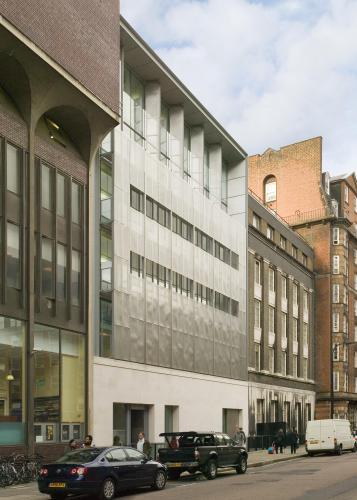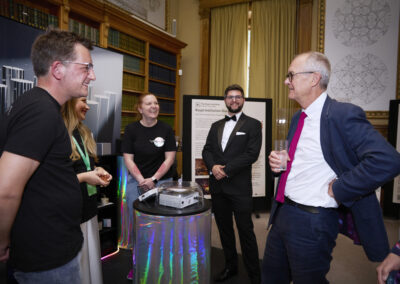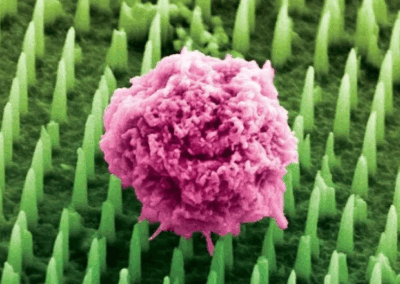Researchers in the Faculty of Mathematical and Physical Sciences have been awarded three major new grants from the European Research Council (ERC). These are in the areas of mathematics and nanotechnology
Mark Buitelaar – London Centre for Nanotechnology/UCL Physics & Astronomy
Mark Buitelaar is a physicist specialising in quantum information processing at the London Centre for Nanotechnology. He has been awarded a grant to develop new ways of coupling quantum bits or qubits in solid-state electronic devices using carbon nanotube quantum dots. Quantum dots are small devices of which the electrons can be used to encode quantum information, for instance through the orientation of their spin.
Creating a quantum computer requires entanglement, a phenomenon in which the properties of two qubits are linked. One approach currently used is to use the direct interaction of neighbouring electron spin qubits, thanks to the positioning of their electrons overlapping. But this is impractical for large-scale quantum processors: any qubits distant from each other can only be entangled if there are qubits in between them.
Mark Buitelaar will work on a measurement method for entangling distant electron spin qubits with each other while using the nuclear spins of carbon-13 atoms as quantum memories.
Guillaume Charras – London Centre for Nanotechnology/UCL Department of Cell and Developmental Biology
Guillaume Charras works at the interface between physics and biology at the London Centre for Nanotechnology. He has been awarded a grant to carry out research into the mechanics of epithelial monolayers.
Epithelial monolayers are amongst the simplest tissues in the body. They are sheets of interconnected cells that are just one cell thick (about 10 microns thick). Despite their simplicity, they play fundamental roles in adult tissues, where they act as physical and mechanical barriers to separate the internal environment from the external environment. They also play prominent roles during development, when the forces they generate shape the embryonic tissues. Hence, generating and resisting mechanical forces represent integral parts of monolayer function in vivo.
Despite this, our knowledge of monolayer mechanics remains poor. The goal of this grant is to bridge the molecular, cellular, and tissue-scales to understand monolayer mechanics from the bottom up.



